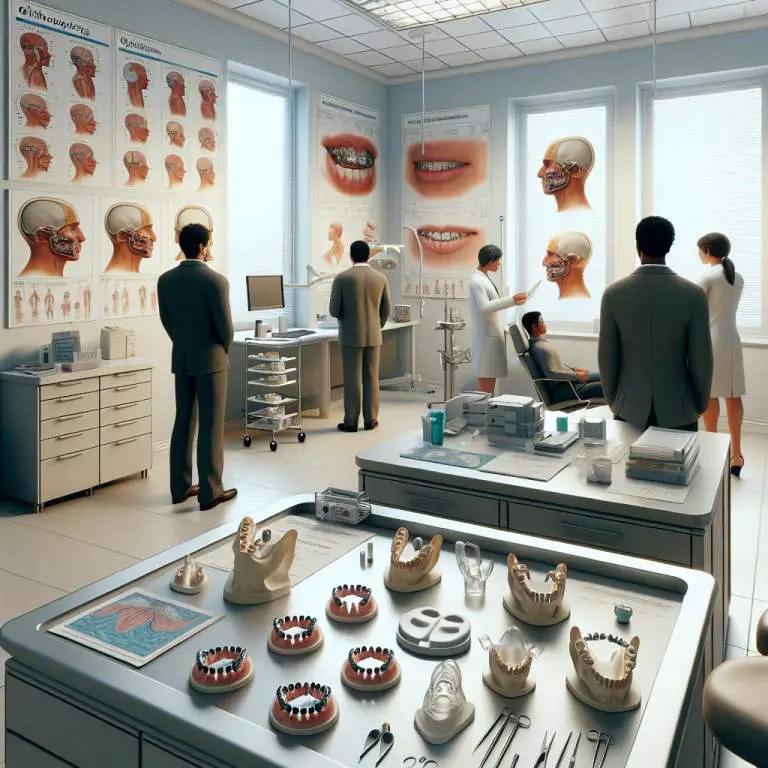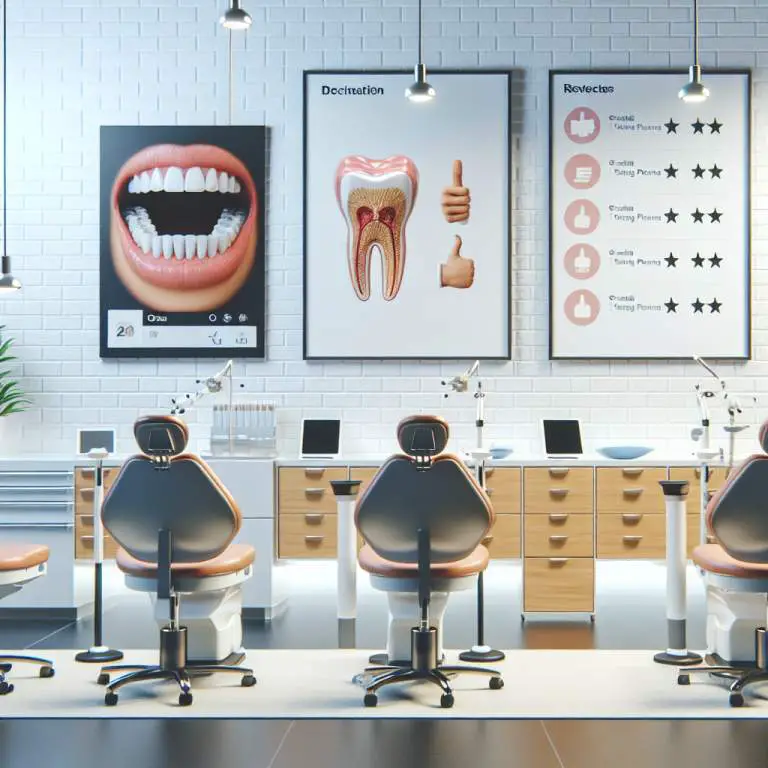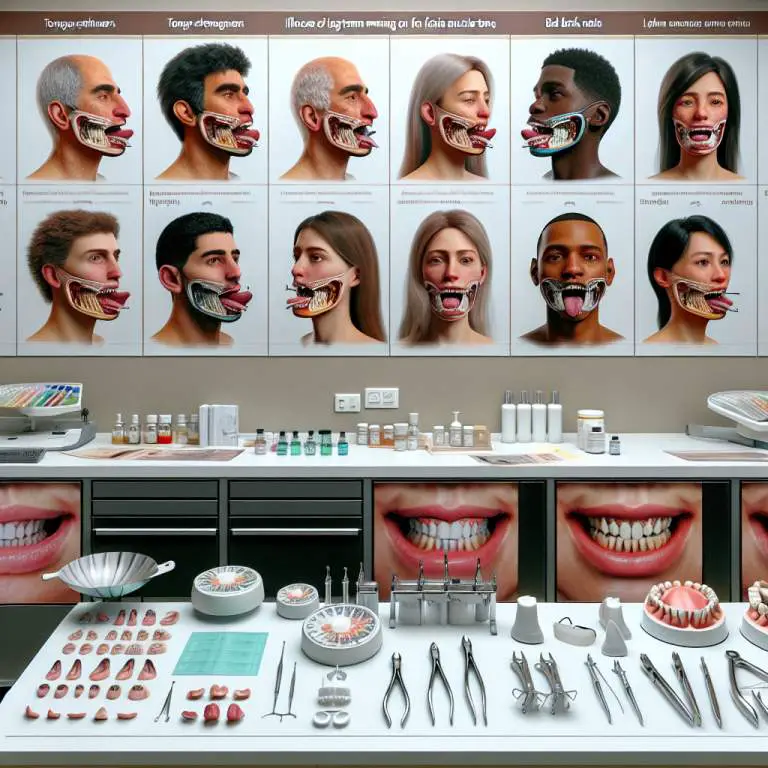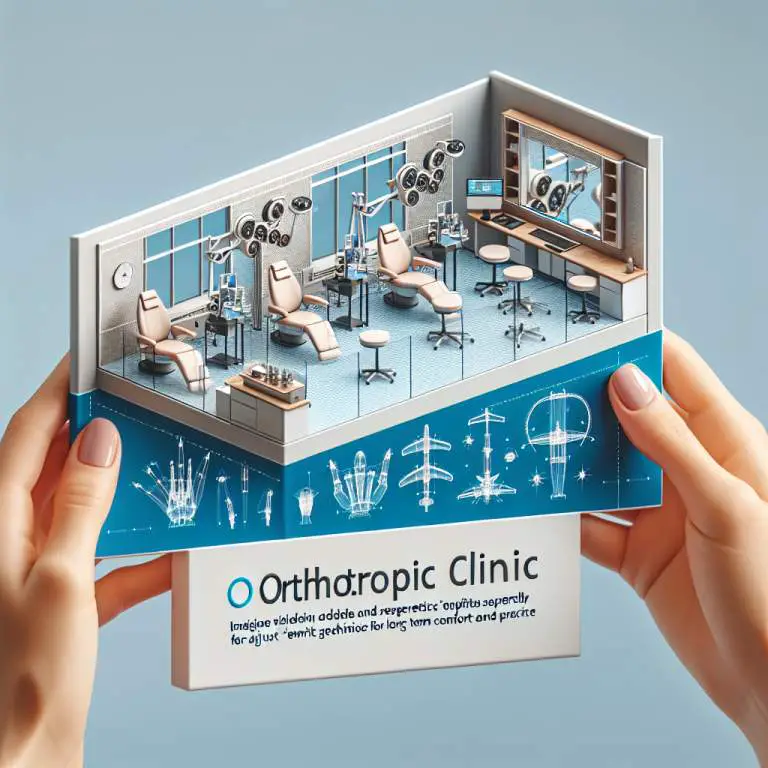How does age affect the long-term results of mewing?
Age can impact the long-term results of mewing, as younger individuals may see more noticeable changes due to their bones still being in a developmental stage. However, older adults can still benefit from mewing, though changes might be subtler and take longer. The practice improves posture and breathing for all ages, but the skeletal changes are more pronounced in younger people.
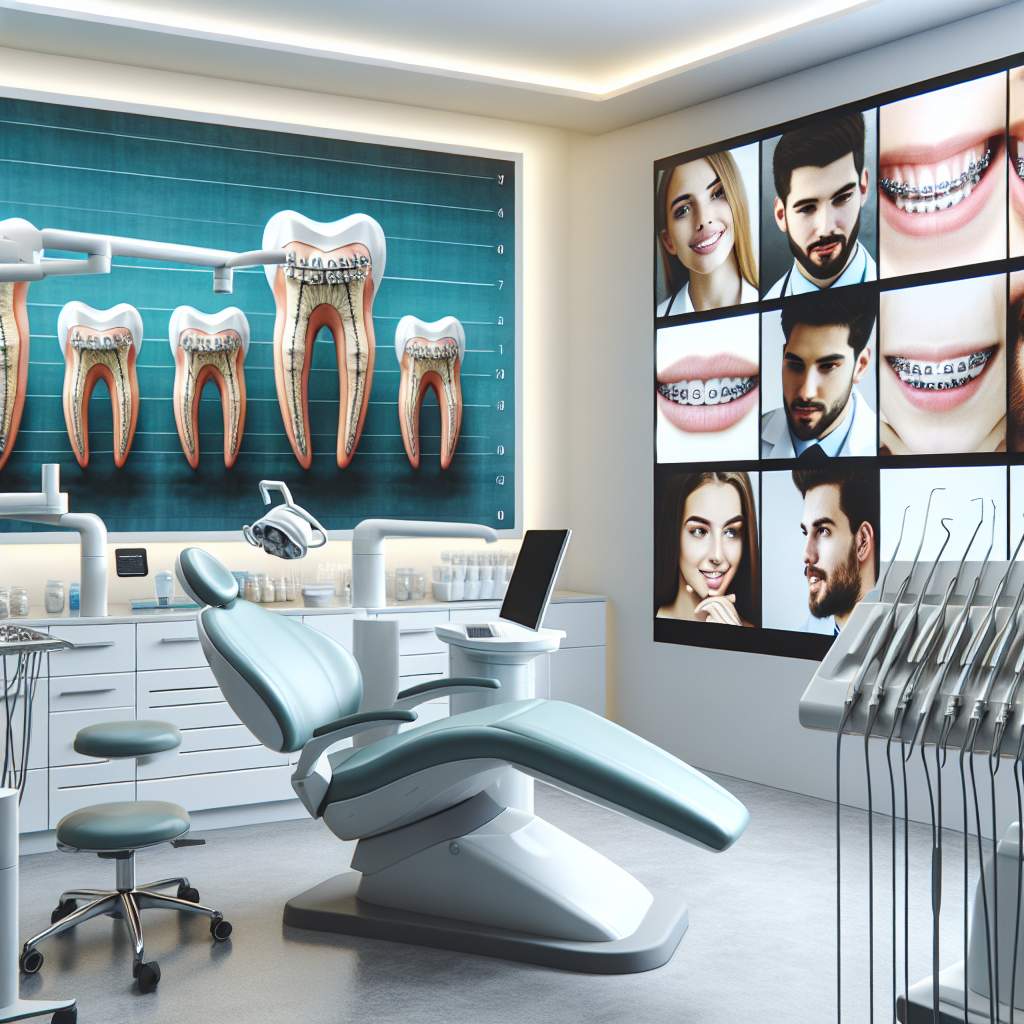
How does mewing work to reshape the jawline and facial structure?
Mewing is a technique that involves positioning your tongue against the roof of your mouth. This position is supposed to help change the way your jawline and face look over time. The idea is that by keeping your tongue in this spot, you can make your jaw stronger and more defined.
When you practice mewing, you’re also supposed to keep your lips together and teeth slightly touching. This helps create a kind of pressure that can lead to changes in your facial structure. People who try mewing believe it can make their faces look better by making changes to their jawlines and even the rest of their face.
What are the foundational principles behind mewing, and who developed them?
The principles behind mewing come from Dr. John Mew and his son, Dr. Mike Mew, who are both orthodontists from England. They think that the way we hold our mouths can really affect how our faces grow and look. According to them, most of us aren’t using our muscles correctly when we swallow or rest our tongues.
The Mews suggest that by changing these habits, people can improve their facial structure naturally. They believe that proper tongue posture can lead to a better-looking jawline and overall facial appearance. This idea has caught on with many people looking for a natural way to enhance their looks.
Can mewing provide benefits at any age, or is it more effective during certain life stages?
Mewing is thought to be most effective when started at a young age because kids’ bones are still growing and changing shape. During childhood and adolescence, the body is more adaptable, so practicing good tongue posture might have more noticeable effects on facial development during these years.
However, some people believe that adults can also see benefits from mewing, even though their bones have stopped growing. While changes might be slower or less dramatic than in younger individuals, improving tongue posture could still potentially influence the appearance of an adult’s jawline and facial structure over time.
How does the structure of the jaw and face change with age, and what implications does this have for mewing?
As we get older, our faces naturally change shape due to factors like gravity, loss of muscle tone, and changes in bone density. For example, our jaws might become less defined as we lose muscle strength around this area. These changes are part of why older adults might look different from when they were younger.
This aging process means that while mewing might still offer some benefits for adults looking to improve their facial structure or maintain muscle tone in their faces, they may not see as dramatic results as younger individuals would. Since adult bones are fully developed and less flexible compared to those of children or teenagers, reshaping the jawline through mewing could take longer or be less noticeable in older practitioners.
| Age Group | Effectiveness of Mewing |
|---|---|
| Under 18 | Highest potential for change due to ongoing growth. |
| 18-30 | Significant potential for change; bones are more malleable. |
| 30-50 | Moderate changes possible; slower progress. |
| 50+ | Limited effectiveness; bones are less malleable, but improvements in posture and breathing can still be achieved. |
What evidence exists regarding the effectiveness of mewing for adults compared to younger individuals?
Evidence on the effectiveness of mewing, especially for adults, is mixed and largely anecdotal. While younger individuals may see more pronounced results due to their still-developing facial structures, adults have reported subtle improvements over time. This suggests that while the practice might not drastically reshape an adult’s jawline or facial structure, it can contribute to slight enhancements in facial aesthetics.
Scientific research specifically targeting the efficacy of mewing in different age groups is scarce. However, discussions within online communities and testimonials from practitioners provide some level of insight. These accounts often highlight gradual changes in jawline definition and posture correction as some of the benefits experienced by adult mewers.
Are there specific techniques or modifications to mewing that can enhance its effectiveness for older practitioners?
For older practitioners, certain modifications to traditional mewing techniques may be necessary to accommodate less flexible facial structures. Incorporating exercises aimed at strengthening the tongue and improving its mobility can help these individuals achieve proper tongue posture more effectively. Additionally, focusing on overall posture and incorporating neck and jawline exercises can complement the effects of mewing.
Consistency and patience are key for older individuals practicing mewing. Given that changes might be slower or less pronounced than in younger users, setting realistic expectations and persistently adhering to the technique is crucial. Engaging with a community of fellow practitioners can also provide support and motivation throughout the process.
What are common challenges or limitations faced by older individuals when practicing mewing, and how can they be addressed?
One common challenge for older individuals is the decreased flexibility of their facial bones, which can make significant structural changes more difficult to achieve through mewing alone. This limitation often requires a longer period before noticing any improvements. To address this challenge, integrating other health practices such as maintaining a balanced diet and staying hydrated can support skin elasticity and overall facial health.
Another hurdle is overcoming years of habitual poor posture, both in terms of tongue placement and general body posture. Older practitioners might find it beneficial to use reminders or set regular check-ins throughout the day to correct their posture until proper tongue positioning becomes second nature. Seeking guidance from professionals who understand orthotropic principles could also offer personalized advice tailored to overcome these specific challenges.
Final Thoughts
Mewing presents an intriguing option for those looking to improve their facial structure naturally, though it comes with varying degrees of effectiveness across different ages. While adults may face more challenges and see slower progress compared to younger individuals, consistent practice coupled with realistic expectations can lead to positive outcomes.
The journey towards reshaping one’s facial aesthetics through mewing requires patience, persistence, and a willingness to adapt techniques as needed. Regardless of age, engaging with a supportive community and possibly seeking professional advice can enhance one’s experience with this practice.


